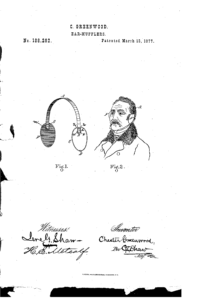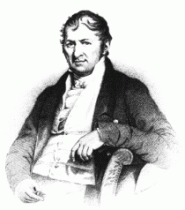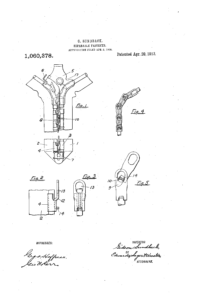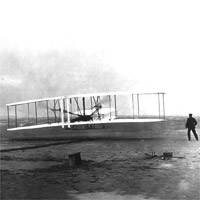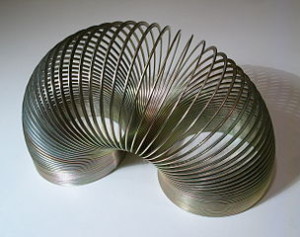
Slinky
Slinky was patented by Richard and Betty James in 1947. Richard was trying to develop a spring that would suspend ship instruments even in turbulent waters. He accidentally dropped one of his springs, and the toy was born. Children can “walk” slinkies down an inclined plane by following the easy directions at: Slinky.
